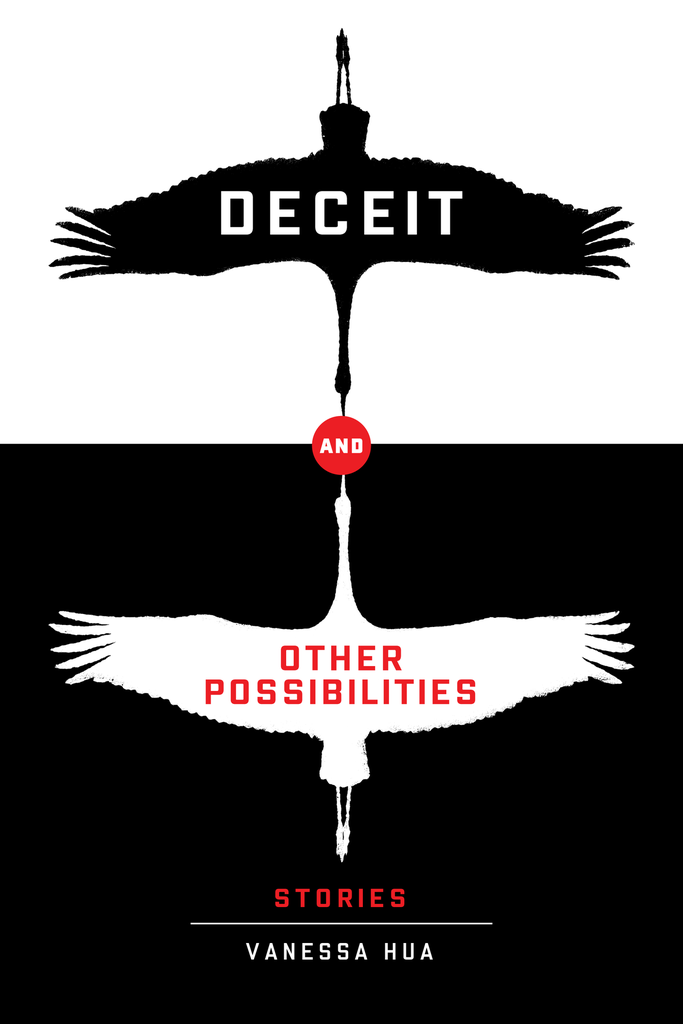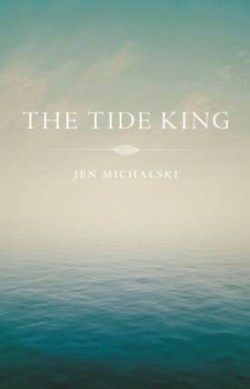 I recently moved back to Los Angeles after many, many years away. Having left soon after my high school graduation for places beyond, I am pretty much a newcomer to my own hometown. More than once, I’ve thought I was lost only to come across something startlingly familiar: a beloved restaurant, an old friend’s driveway, the cemetery where my grandmother was buried.
I recently moved back to Los Angeles after many, many years away. Having left soon after my high school graduation for places beyond, I am pretty much a newcomer to my own hometown. More than once, I’ve thought I was lost only to come across something startlingly familiar: a beloved restaurant, an old friend’s driveway, the cemetery where my grandmother was buried.
Lucky for me, one of the first boxes I unpacked included the Spring 2010 issue of Flyway: Journal of Writing and Environment. Founded in 1993 at Iowa State University by Stephen Pett, Flyway showcases writing that considers how “environments” shape us, and how we in turn shape our environments. These stories, poems, and essays struck a chord with me, and not just because of my new proximity to Los Angeles’s hiking trails and beaches. Flyway celebrates an expansive definition of “environmental writing.” Environment can certainly refer to the natural world, and many of Flyway’s stories do have an eco-centric sensibility. But the journal also features work that examines how environment defines experience and perspective, including manmade ones: houses, cities, roller rinks, and the like. Whether they take place in the Houston Airport (as in Gabriel Houck’s wonderful “In television snow”) or the great outdoors, Flyway’s stories reflect on the environments that form our sense of place in the world.
Flyway itself was shaped by its own environment on the campus of Iowa State University. Initially edited by Stephen Pett and a number of generous Iowa State faculty members, the journal has been edited for the last decade by graduate students in the university’s esteemed creative writing program. While issues include writing from various communities, Flyway has proudly published the work of many Iowa natives, including notable authors like Jane Smiley and Ray Young Bear. Even the journal’s name takes its inspiration from the state’s environment: Flyway is named for the invisible lines of bird migration that crisscross Iowa, and its offices are not too far from where robins nest in springtime and warblers take flight in the fall.
Flyway’s dedication to the environment influences more than its name and content. Its issues are beautifully printed on 100%-post-consumer recycled paper. And this summer, the journal will launch its first online issue, allowing subscribers to read current and past issues online and providing significant environmental savings in terms of printing, paper, and energy used in delivery. Will this offer a new environment for Flyway to consider? Managing Editor Brenna Dixon certainly thinks so. “This transition will allow readers, writers, and Flyway staff to interact more as a community,” she mused. “Internet as environment? Seems like an interesting possibility.”
On the occasion of their first online issue, both Dixon and Fiction Editor Genevieve DuBois took time to answer our Journal of the Week question set, looking further into what inspires Flyway and what readers can look forward to from this unique literary journal:
What is the role of Flyway in today’s literary community, be it for readers or writers?
Genevieve DuBois: To nudge the door for environmental and place-based writing open a little more. To push the boundaries of what those terms mean. But mostly just to share good writing with good readers.
Brenna Dixon: Flyway is meant to give voice to place while broadening the idea of what constitutes a place or environment. In our eyes, the body is as much a place as an office cubicle or the Everglades or an abandoned building in the middle of a city. Flyway is a place for all the nooks and crannies to speak up and be heard.
How do you see Flyway’s mission and tastes evolving in the next two years? How will your new biannual online publication impact the composition of Flyway and its continued exploration of themes of the environment?
GD: Our mission won’t change, but we’ll be able to accomplish more online: creating more visibility, broadening our thematic base and interdisciplinary connections, and engaging more directly with readers and writers.
If you could put three items in a time capsule (or USB drive) to be opened in 1,000 years that would provide a snapshot of Flyway’s aesthetic today, what would they be?
BD: Something from between the couch cushions. A favorite rock from a loved place. A pair of binoculars.
GD: A photograph of home. A postcard from a place never visited. Something found in the dust when the furniture was moved for the first time in decades.
What album is playing on the Flyway stereo these days?
GD: “Deadmalls & Nightfalls” by Frontier Ruckus.
BD: Do radio stations count? KURE 88.5—Ames’ alternative, student-run station. Lots of great B-sides and bands that usually fall by the wayside.
The nooks and crannies are speaking up and being heard all the time online at www.Flyway.org, where you can read Flight Patterns: the Flyway blog, which contains news, recipes, and some memorable interviews with authors like Kimberly L. Rogers and Shura Young. The website also posts information about future writing contests, including the Hazel Lipa Chapbook contest.
Subscribers receive instant access online to the back issue archive as well as the upcoming issue, which features an interview and novella by Rick Bass. Online access could be particularly helpful for those of us in the process of moving. Wherever you find your place in the world, your issues of Flyway will be waiting for you online.
As a special bonus to readers of Fiction Writers Review, we’ll be giving away three free subscriptions to Flyway! If you’d like to be eligible for this week’s drawing (and all future ones), please visit FWR’s Twitter page and “follow” us.





